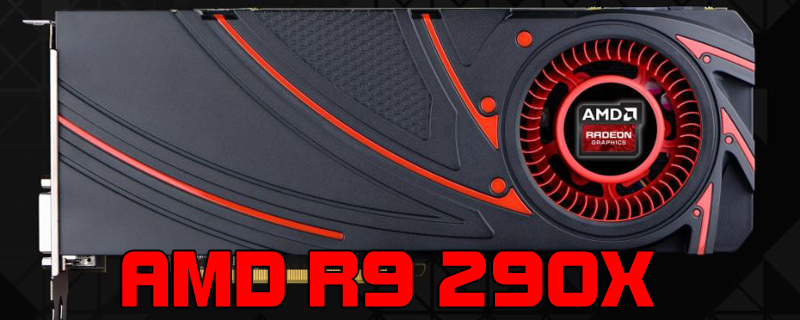AMD R9 290X Review
Conclusion
Blimey Charlie it’s been tight hasn’t it. When the R9 290X first appeared we were hopeful that it would be a similarly large leap forward that the Kepler GPU provided for nVidia. Relative to the HD7970 it certainly is, with vastly increased performance on all titles and in all situations. When compared to its big rival though, the GTX780, it is far more difficult to come to a resounding conclusion.
Performance is excellent throughout. Whether you’re benchmarking or playing games, there isn’t a single title that the R9 290X comes unstuck when faced. If there is one thing that became clear as we moved through our benchmarks it’s that the performance pendulum swings depending upon the game you choose. 3D Mark is a good place to start, with both the GTX780 and R9 290X proving tightly matched in Vantage, splitting the result in 3D Mark 11, and far apart but in both directions in the latest 3D Mark. So straight away you can’t really claim that one is better than the other with any certainty. The choice of application greatly changes which card comes out on top.
Probably the best way to explain the situation is that if you’re going for a stock card; buy it, plug it in, forget about it; then the R9 290X is a good choice. It is, by and large, the same performance that you’ll get from a GTX780 and that makes it equal first in the ‘fastest single GPU on earth’ league table. If you’ve been waiting to upgrade to another Radeon card, this is a great choice with enough power to make it a worthwhile upgrade over a HD7970.
There are a couple of flies in the ointment. Firstly it looks awful. The acres of black plastic we can accept if we’re looking at a lower end card such as the R7, but for a card costing the very thick end of £400 we want people to stop, slack jawed, at the magnificence residing in our case. We certainly don’t want them wondering if it’s any one of the last three years worth of Radeon offerings, and then having to explain that actually it’s the latest and greatest. With the GTX Titan cooler that found its way on to the GTX780 and GTX770, there is no doubt that you have a high-end item. Performance is average too. It’s not the loudest cooler we’ve heard, AMD have really got their act together of late, but equally it’s not silent. The fan profile also spins down the instant you quit your 3D game, rather than being temperature related. The card runs hot at 95°C which heats up the whole of the inside of your case, and that’s a problem. More of a problem is that the moment you quit a game the fan drops to 20% despite the card being able to boil water. So it takes ages for it to cool down.
The other notes of caution are more about potential future events. The potential for the Mantle API is huge, but only if developers get on board with it. It’s telling that, currently, only DICE have been announced and/or mentioned. Sure Battlefield is nice, but it’s hardly a game-changer. There is an upcoming speech on the 11th of November that hopefully will expound upon the potential benefits. For the moment it’s a great idea, but PhysX was a great idea too and that hardly set the world ablaze. The other note is that the R9 290X is on a par with the GTX780. However the release of the 290X has caused nVidia to announce the GTX780Ti. So the latest Radeon could have a very short stay at the top of the pile. With all that said these aren’t negatives. Potentially this could be amazing as Mantle harmonises development between the newest consoles and the premium gaming PCs. We certainly hope so.
So all in all the R9 290X has brought AMD back into the game. The Hawaii core is deserving of a MUCH better cooler than the one it has, and we remain unconvinced that 95°C, whilst fine for the card, is of benefit to the rest of our components. Hopefully the rumours that AMD are stalling on allowing 3rd parties to bolt their own coolers on proves false. Especially as, with the current cooler, there is no extra performance to be had from overclocking, unlike the monster gains we see on the GTX780 when overclocked. If anything this feels like the first version of something brilliant, a great GPU with enormous potential being held back by the surrounding elements. The performance is enough to gain it our OC3D Performance award, only time will tell if there will be a Gold worthy variant.
Thanks to AMD for supplying the R9 290X for review. Discuss your thoughts in the OC3D Forums.




